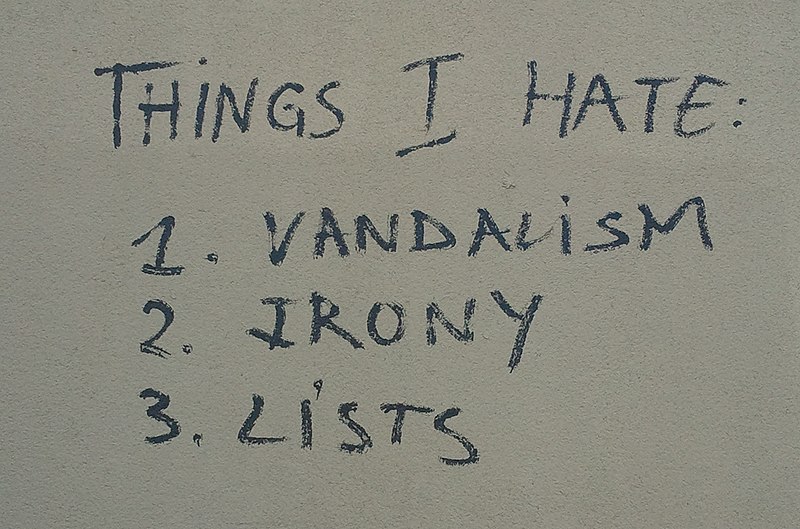
Graffito, Paris, 2013.
Below: In 2008, while anti-graffiti vigilante Fred Radtke was overpainting New Orleans street art with featureless gray, Banksy visited the city to leave an image of his own.
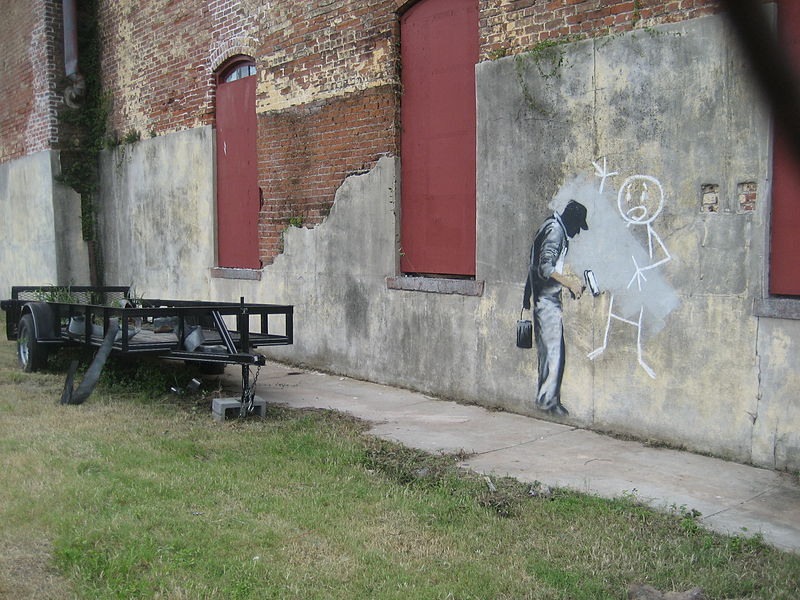

Graffito, Paris, 2013.
Below: In 2008, while anti-graffiti vigilante Fred Radtke was overpainting New Orleans street art with featureless gray, Banksy visited the city to leave an image of his own.

When E flat made its entrée into the drawing-room, C and G considered it a third person.
‘It’s a dominant,’ thought A flat, while E natural cried out, ‘I recognize it: it’s my leading tone.’
… But the same holds here as in music where the chord of G sharp has not the same meaning, depending on whether you reach it by way of the sharps or of the flats, and does not sound the same as that of A flat to the sensitive ear, though composed of the same notes.
— André Gide, journal, January 14, 1912
nimiety
n. superfluity
brachylogy
n. a condensed expression
scrimption
n. a very small amount or degree
perficient
adj. that accomplishes something; effectual
Leonard Bernstein conducts the Vienna Philharmonic without using his hands, 1984:
Steven Novak uses a laser to transfer a scene to the interior of a hemisphere. The completed painting then presents an “accurate” perspective to a viewer looking about from the center.
Dick Termes creates the same impression (via a perceptual illusion) by painting on the convex exterior of a full sphere.
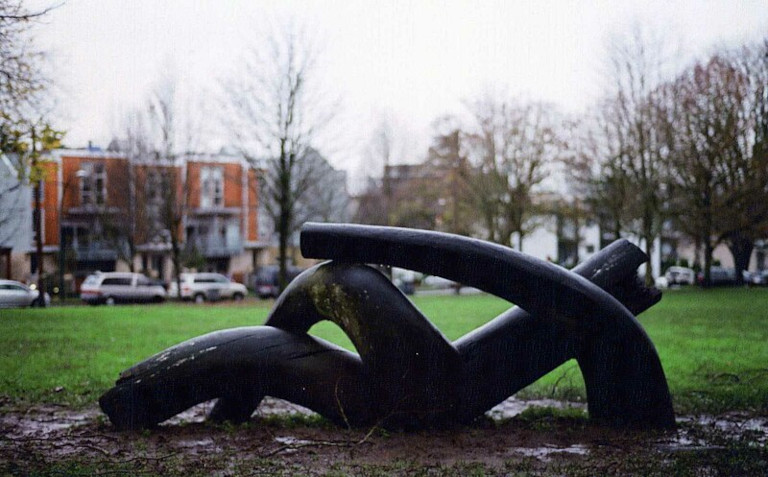
In 1991, artist Michael Dennis installed his sculpture Reclining Figure in Vancouver’s Guelph Park.
In 2012, prankster Viktor Briestensky erected the sign below at the park’s southwest corner.
Park staff initially removed the sign, but when a petition gathered 1,800 signatures they replaced it in 2014. The city now recognizes it as an official public art installation.

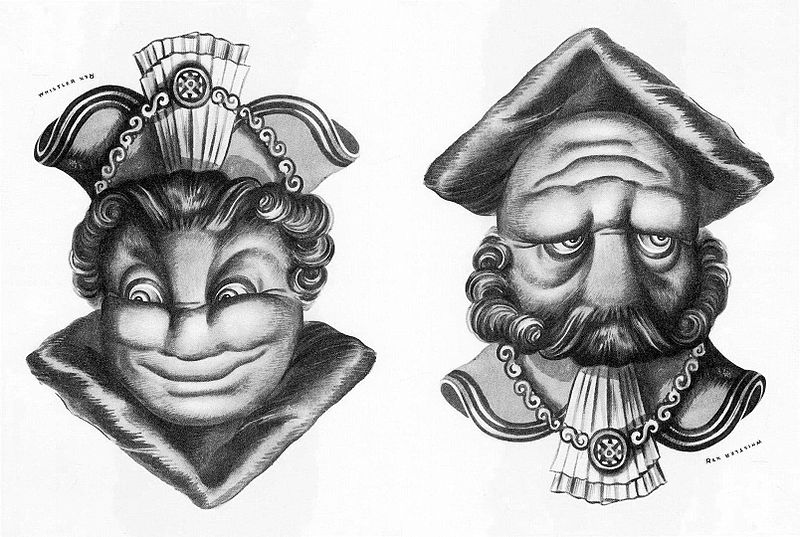
Two sets of reversible faces by Rex Whistler, from 1930 — above, Mayor & Judge; below, Scotsman & Englishman.
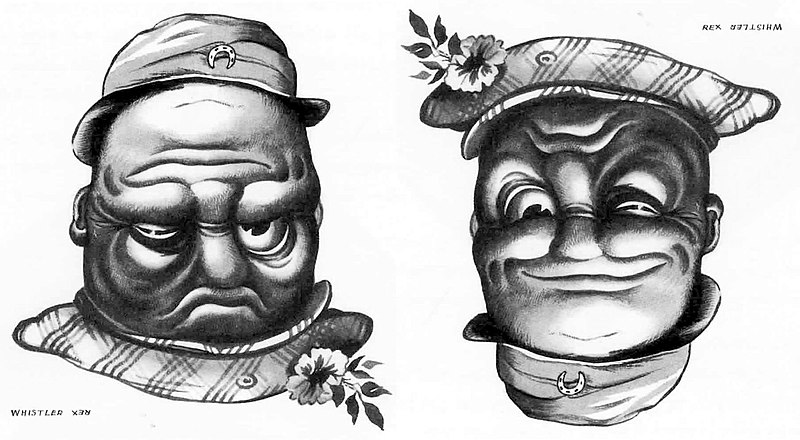
In 1590 Emperor Rudolf II commissioned Flemish painter Joris Hoefnagel to illuminate the Mira calligraphiae monumenta, an illustration of various scripts that had been begun 15 years earlier by court calligrapher Georg Bocskay.
The book contains a tiny demonstration of Hoefnagel’s skill in trompe-l’œil. On one page he painted a Maltese cross, a type of flower, depicting it as though the plant’s stem passes through a slit in the paper. On the overleaf he continues the idea — the foregoing text and images can be discerned through the page, and Hoefnagel has faithfully painted in the flower’s “stem” as if the insertion were real. It’s the only painted element on this side of the page.
British artist Martin Creed introduced a controversial installation in 1995: an empty room in which the lights turn on and off at 5-second intervals.
Critic David Lee said, “Last year, the Tate was scraping the barrel. This year they are scraping the scrapings … A light being switched on and off is not a good work of art.” But when Creed submitted the work for the Turner Prize, the jury praised its “strength, rigour, wit and sensitivity to the site.”
Work No. 227: The lights going on and off was followed in 2000 by Work No. 254: The lights in a building going on and off — in which a building’s lights go on or off each second.
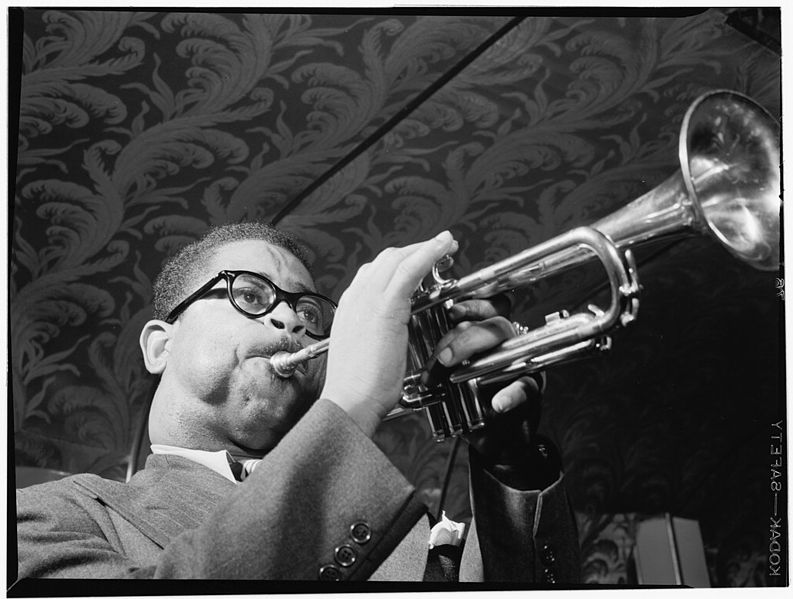
Proposed cabinet of Dizzy Gillespie, who ran for president in 1964:
He said his running mate would be Phyllis Diller. When asked why he was running for president, he said, “Because we need one.”